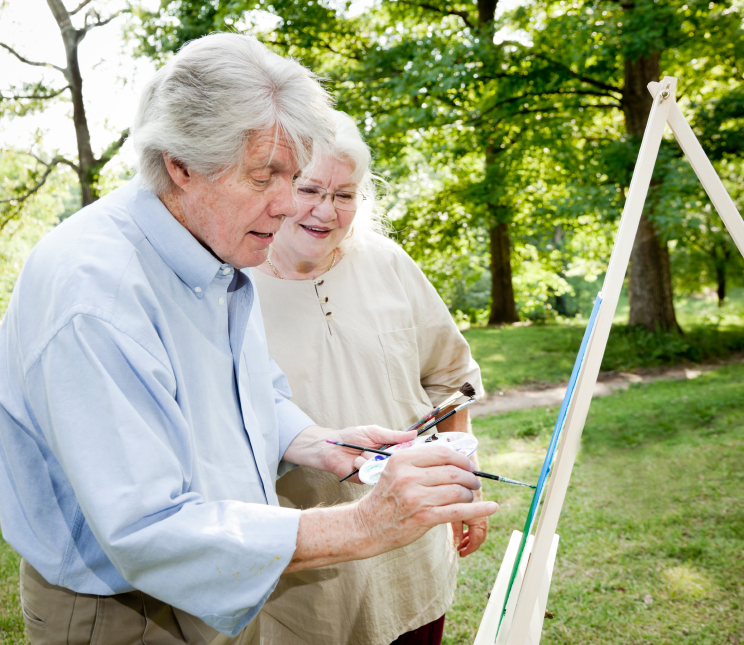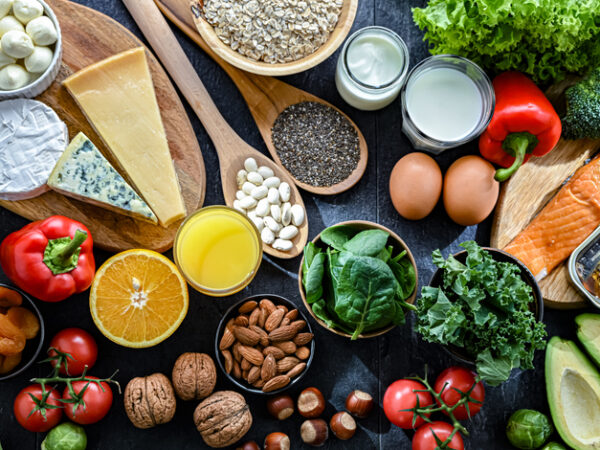“Art is the stored honey of the human soul.” ~Theodore Dreiser, Life, Art, and America, 1917
I recently spent a lot of time thinking about ways I could get my creative groove back after many years focusing on the practical needs of a growing family. Now the kids are nearly self-sufficient and I find myself looking back at what activities I enjoyed when I was young and without so many responsibilities. Older adults with empty nests or entering retirement may be on the same journey as I, looking forward but also acknowledging former passions from years before the demands of work and family took on a larger role.
Many woman naturally cultivate crafty hobbies such as sewing, knitting or scrap booking but some of us are more challenged in these areas and prefer to refinish furniture or take a photography class. Think back to when you were in school, what electives really gave you pleasure? More often than not, the same kinds of activities will float your boat a little later on in life.
Perhaps the best way to start reclaiming your creativity is by taking a course, many community centers and colleges offer classes at very affordable rates to help re-kindle your artistic flair. A love of photography can blossom again in the digital age with a little help from a patient teacher or figure drawing could become a new passion born from a lifetime of experience and observation. There’s nothing to lose and certainly everything to be gained by indulging an old fantasy of painting in the French countryside. Many classes can lead to group trips to paint, take photos or learn to cook local cuisine.
The bonus news about tapping into your creative side is that making art helps to stimulate the aging brain and older adults may be more adept at engaging both sides of the brain in the act of creating art. Whether it’s poetry, creative writing, ceramics or sketching, the fine arts exercise the brain. When you think about it, artists never retire; Picasso painted until his death at 91 and a recent study found that artists tend to have more “grey matter” in the parietal lobe (involved with spatial orientation and cognition) than their non-artistic counterparts.
To read more about how art changes the brain you can read the full study at http://journals.plos.org/plosone/article?id=10.1371/journal.pone.0101035#s1 .
Make art ... stimulate your brain Share on X





Add Your Voice
0 Comments
Join the Discussion